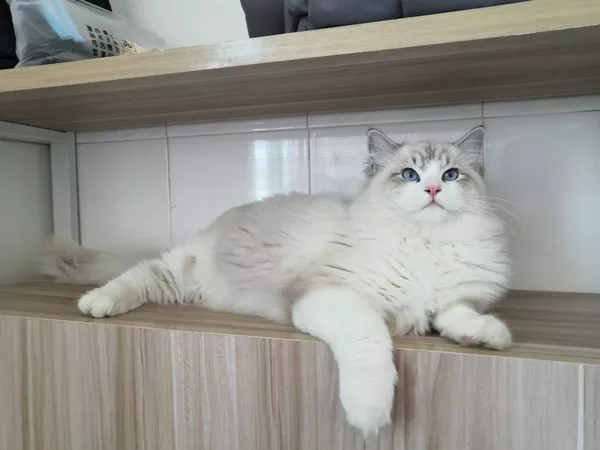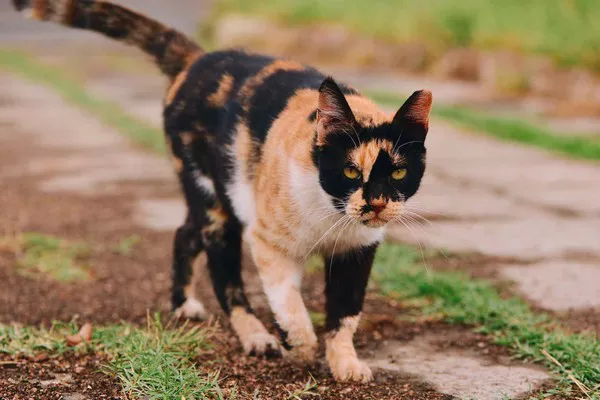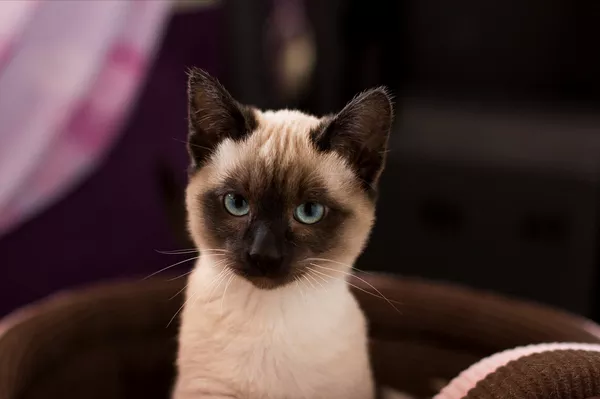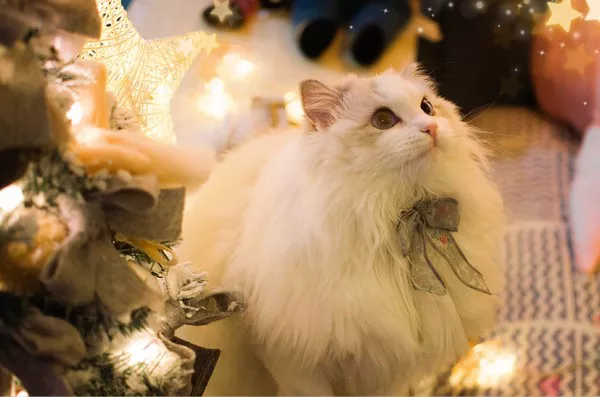Cats are known for their unique behaviors that often leave us both puzzled and delighted. One such behavior is kneading, where a cat rhythmically presses and pushes their paws against a soft surface. But why do cats knead? In this article, we will dive into the intriguing world of feline kneading, exploring the various reasons behind this behavior, its origins, physical aspects, and the emotional connections it signifies. By understanding the complexities of cat kneading, you can deepen your bond with your feline friend and appreciate their rich and expressive nature.
The Act of Kneading: A Peculiar Yet Endearing Behavior
1. The Physical Gesture
Kneading involves a cat pressing their front paws alternately against a surface, often accompanied by a rhythmic motion resembling a kneading action. It’s a behavior that has puzzled cat owners for generations.
2. Early Origins
Kneading is a behavior that kittens instinctively display during nursing. They knead their mother’s belly to stimulate milk flow and create a comfortable nesting spot.
Reasons Behind Cat Kneading
1. Comfort and Contentment
Kneading in adult cats is often linked to feelings of comfort and contentment. The rhythmic motion mimics the soothing sensation of nursing, reminiscent of their kittenhood.
2. Marking Territory
Cats have scent glands in their paw pads. When they knead a surface, they release scent markings, essentially claiming their territory. This behavior can be a way of marking their safe and comfortable space.
3. Nurturing Instincts
Even without a nursing context, cats may knead when they’re feeling nurturing. This behavior can be directed towards other pets, their human owners, or even soft objects like blankets.
The Physical and Emotional Aspects of Kneading
1. Muscle Memory
Kneading engages a cat’s muscles, which can help them relax and stretch. It’s a way for them to release tension and maintain flexibility.
2. Emotional Connection
When a cat kneads their owner, it’s often accompanied by purring and a gentle demeanor. This behavior signals trust, affection, and a deep emotional bond.
The Joy of Kneading: Understanding the Benefits
1. Bond Strengthening
Engaging with your cat while they knead can strengthen your bond. Offering gentle pets and soothing words during kneading moments can reinforce the sense of security your cat associates with you.
2. Stress Relief
Kneading can be a form of stress relief for cats. It helps them release built-up tension and provides a sense of comfort during challenging moments.
3. Mutual Enjoyment
Many cats find kneading enjoyable, and they often seek out soft surfaces to indulge in this behavior. Providing your cat with cozy blankets or cushions can enhance their comfort and happiness.
Tips for Encouraging Kneading Moments
1. Soft Surfaces
To encourage your cat to knead, provide soft surfaces they can easily manipulate. Place cozy blankets, cushions, or even a dedicated kneading pad in their favorite spots.
2. Respect Boundaries
While kneading is a sign of affection, it’s important to respect your cat’s boundaries. If they signal that they’ve had enough, allow them to disengage without interruption.
3. Create a Calm Environment
Cats are more likely to engage in kneading when they’re relaxed and comfortable. Create a calm and serene environment with soothing lighting and minimal noise.
Conclusion
In conclusion, the act of cat kneading is a multifaceted behavior that combines instinct, comfort, and emotional connection. From their early days of kneading during nursing to the adult ritual of expressing contentment and affection, cats use kneading as a form of communication and expression. By understanding the reasons behind this behavior and respecting your cat’s boundaries, you can foster a stronger bond and create an environment where they feel safe, content, and loved. Embrace the joy of witnessing your cat’s rhythmic kneading, knowing that it’s a beautiful manifestation of their rich and intricate feline nature.



























